Hogplum tree
Scientific name: Spondias mombin
POWO Status: Tree
IUCN Red List threat level: Least Concern
GPS Location: 17° 42′ 56.76″ N, 64° 49′ 43.01″ W
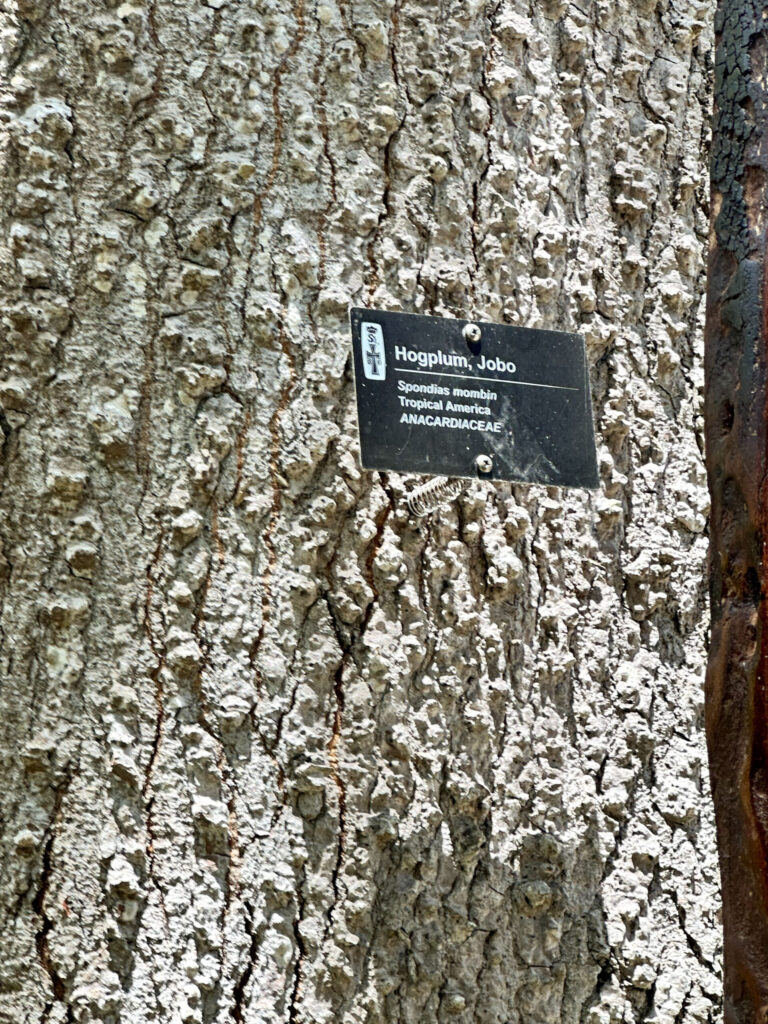
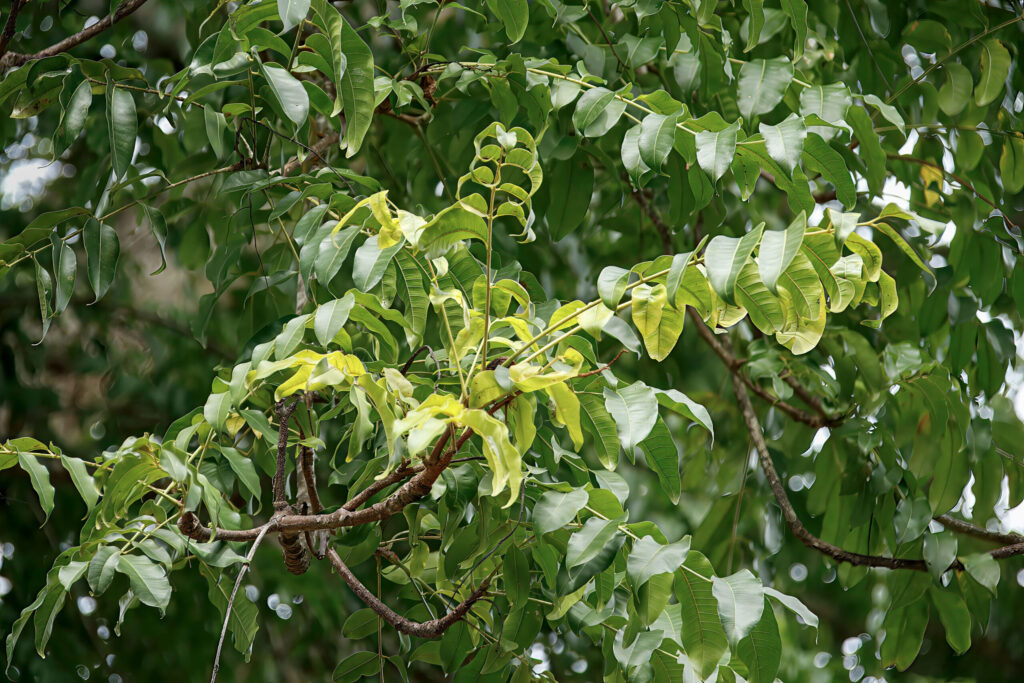
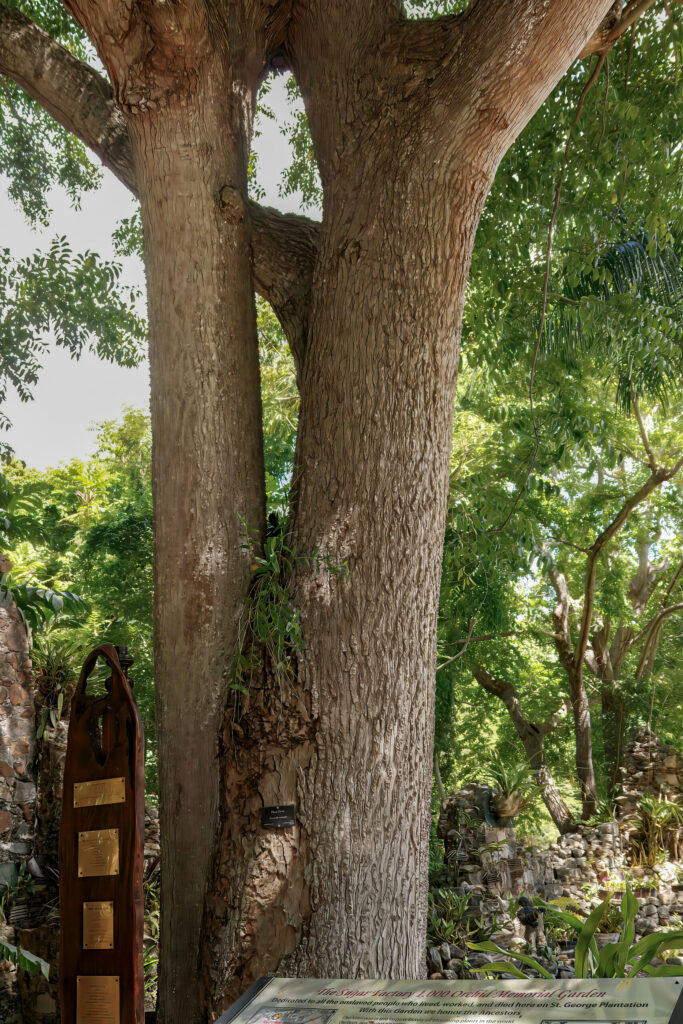
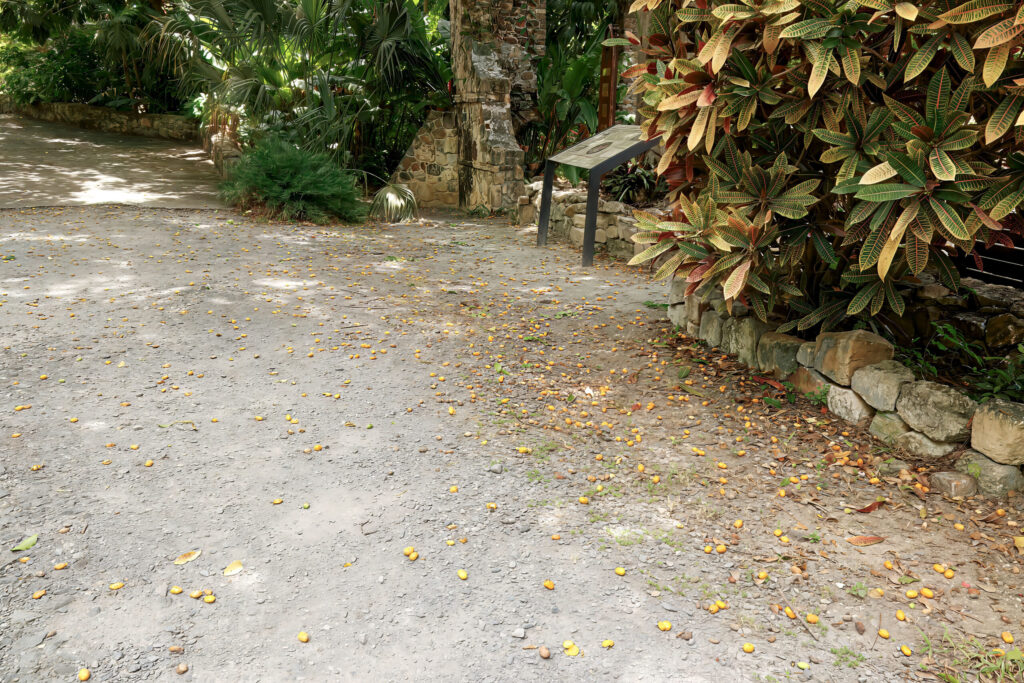
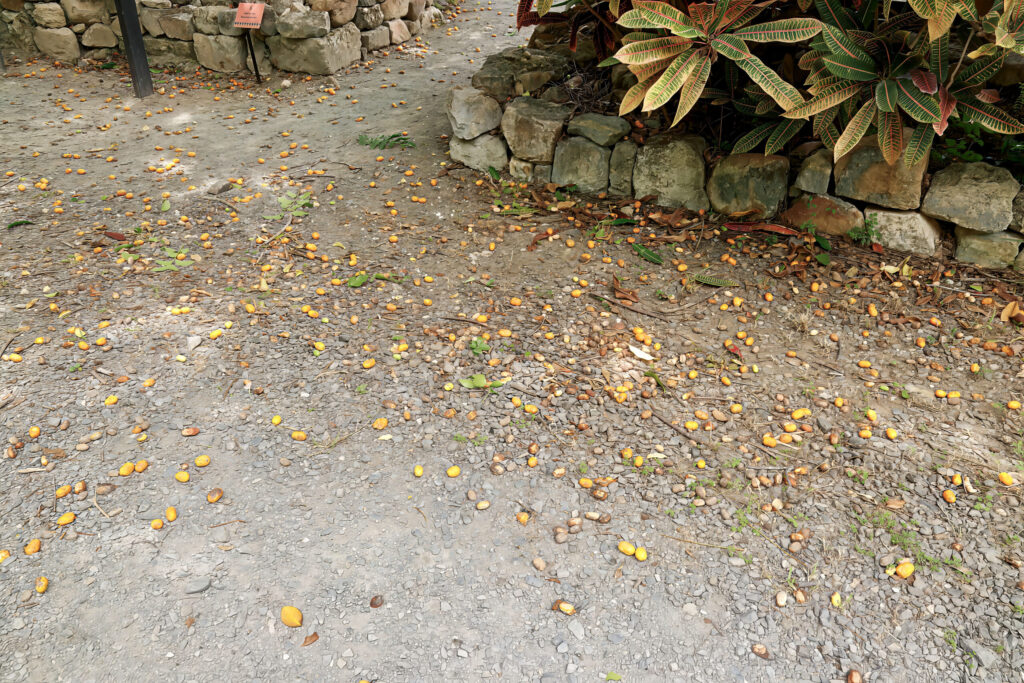
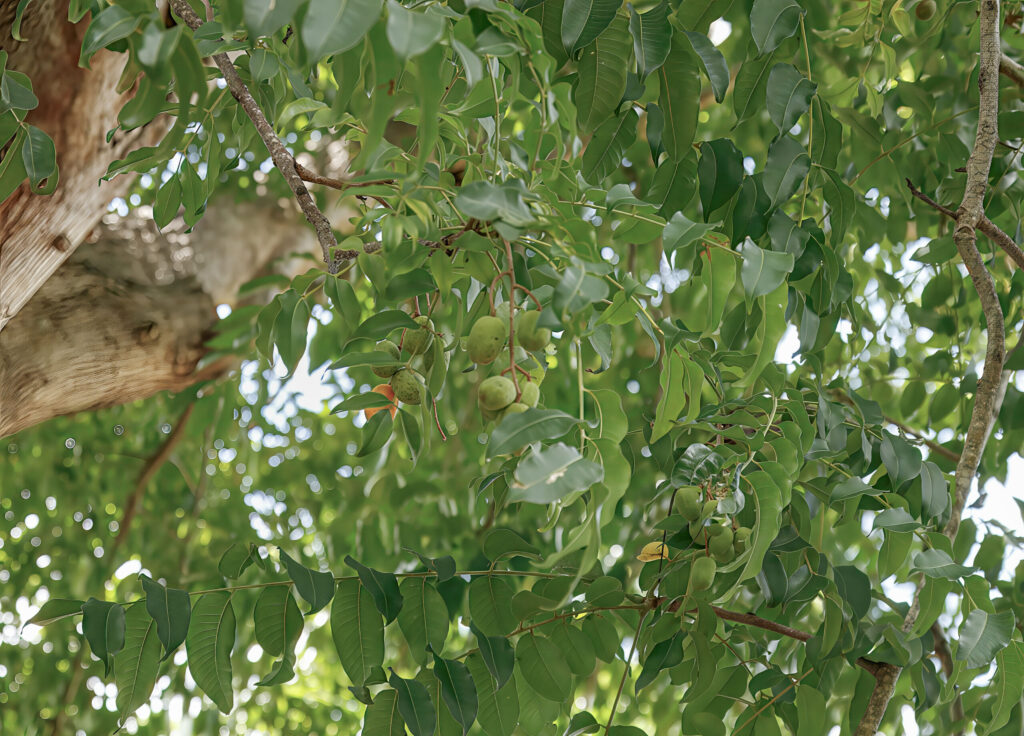
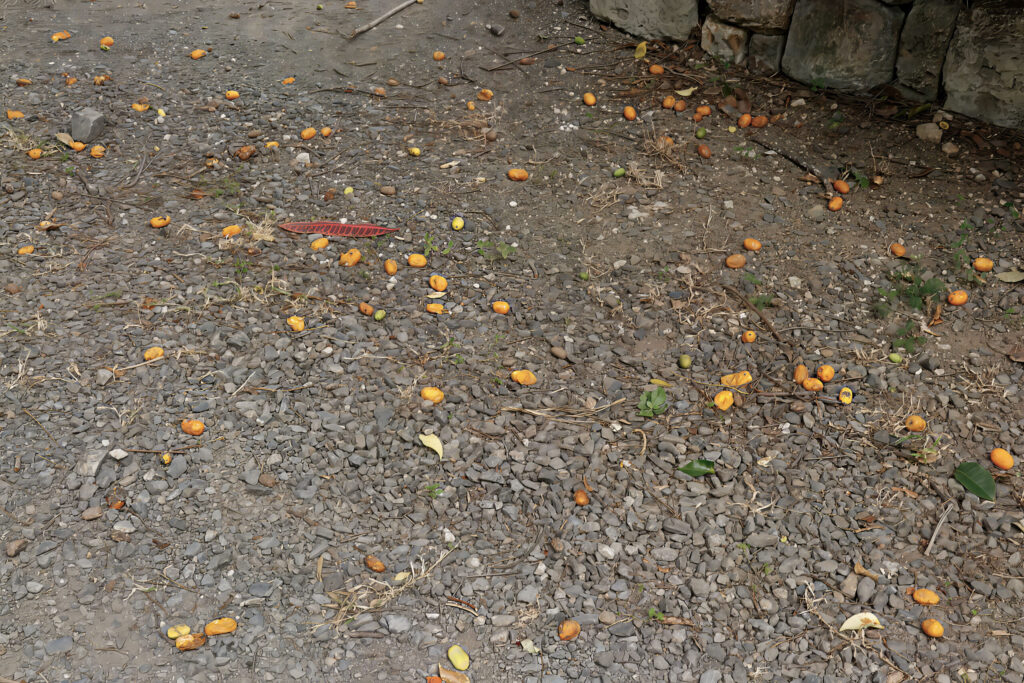
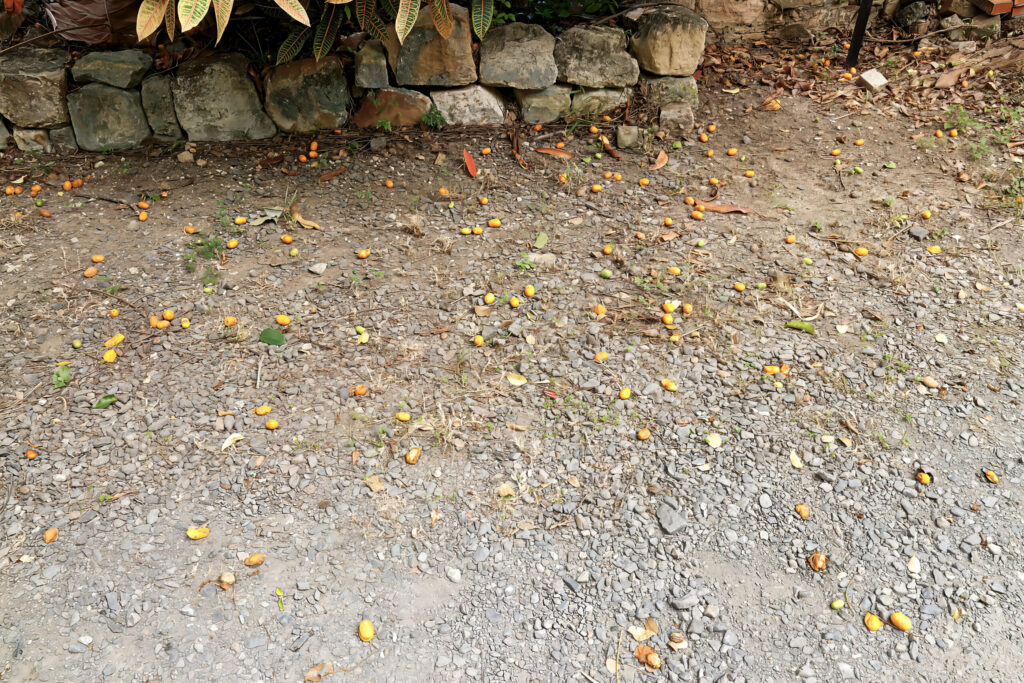
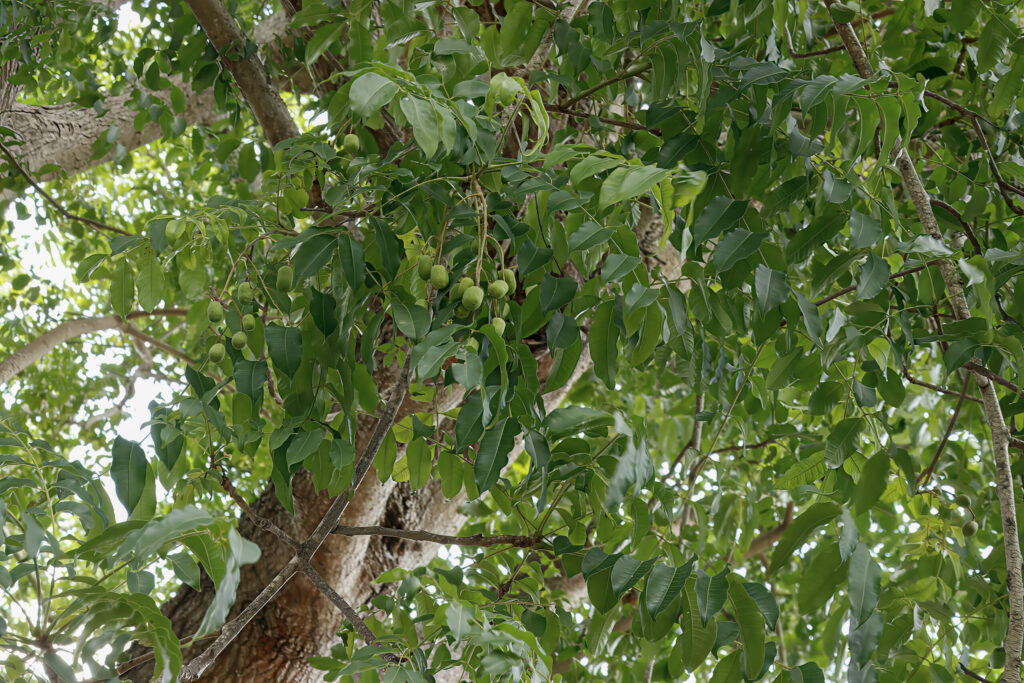
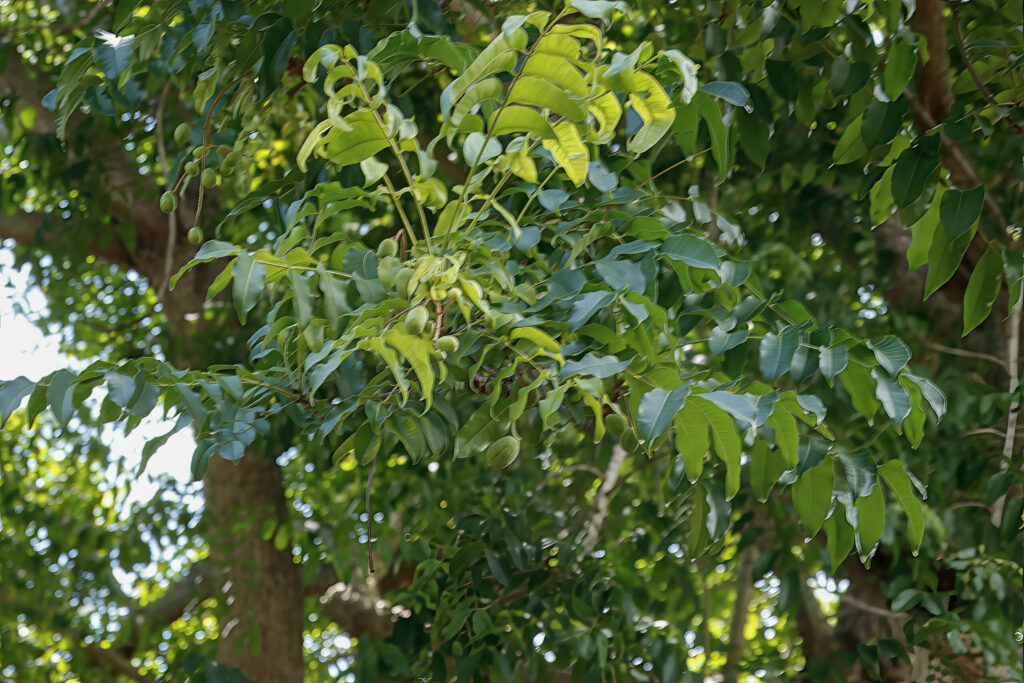
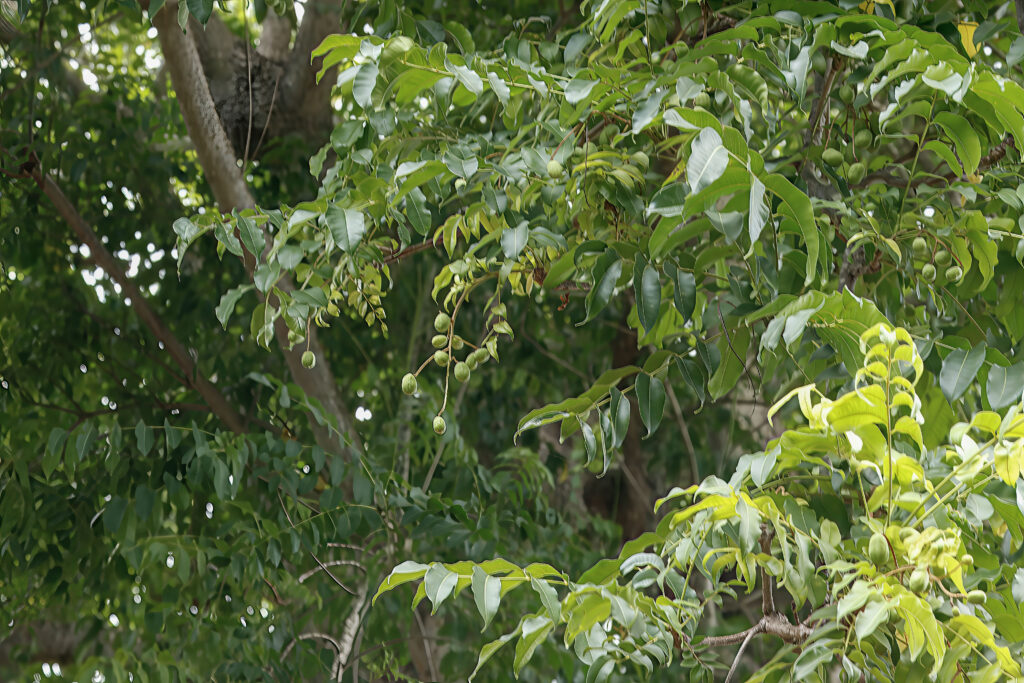
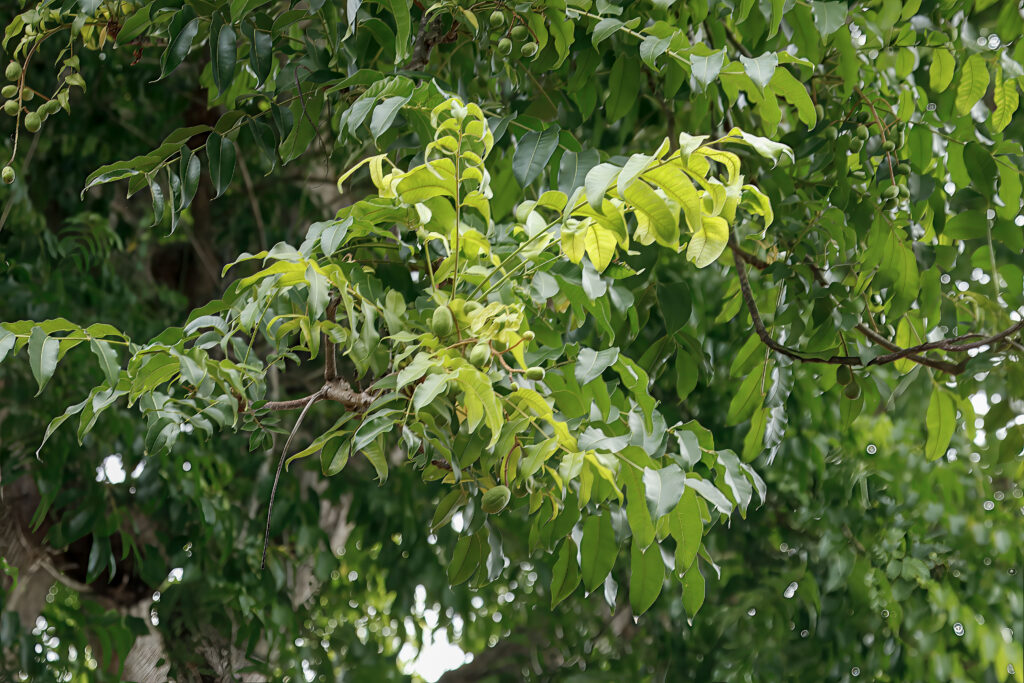
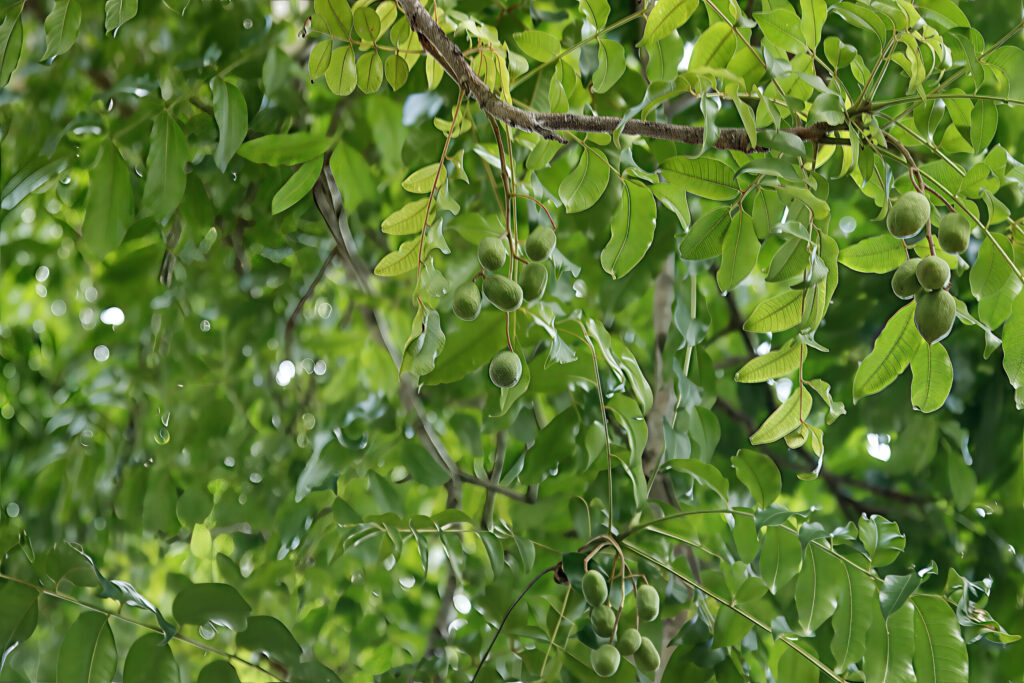
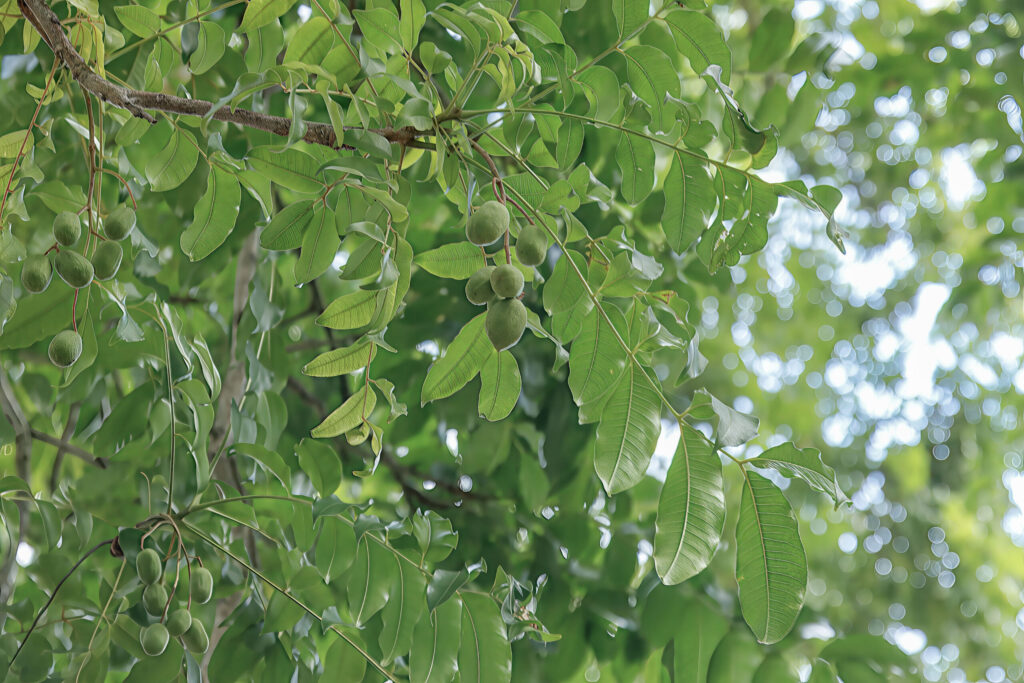
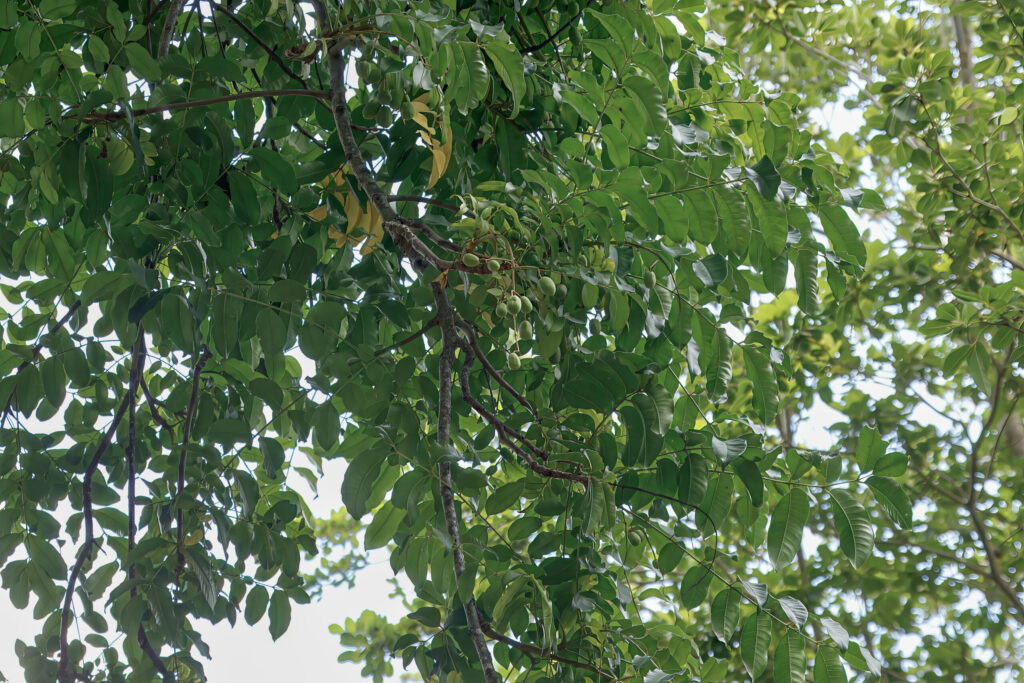
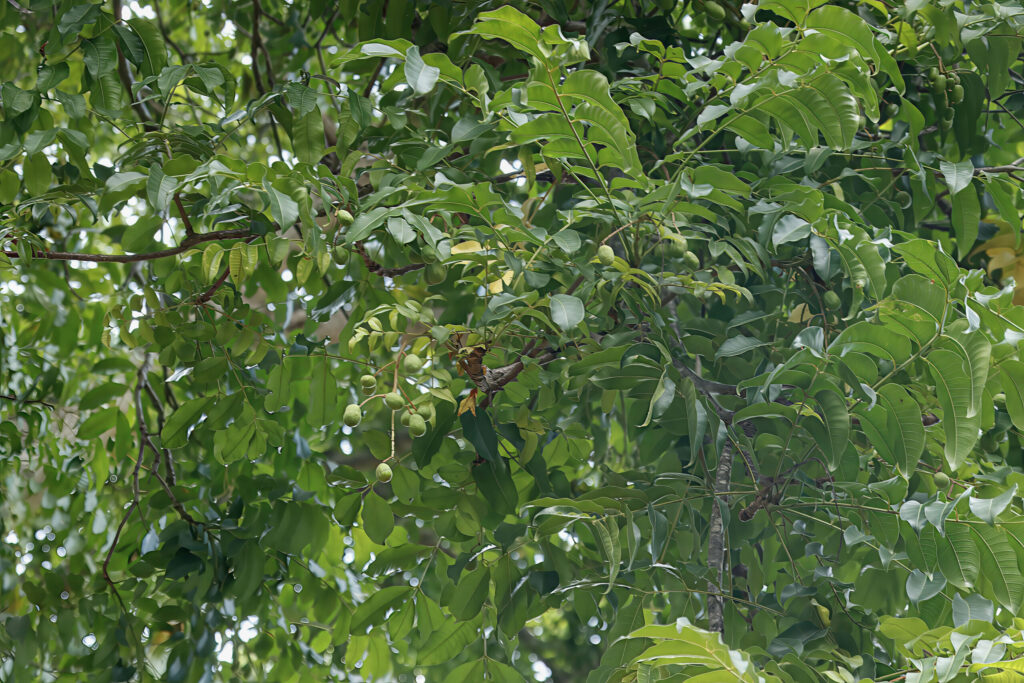
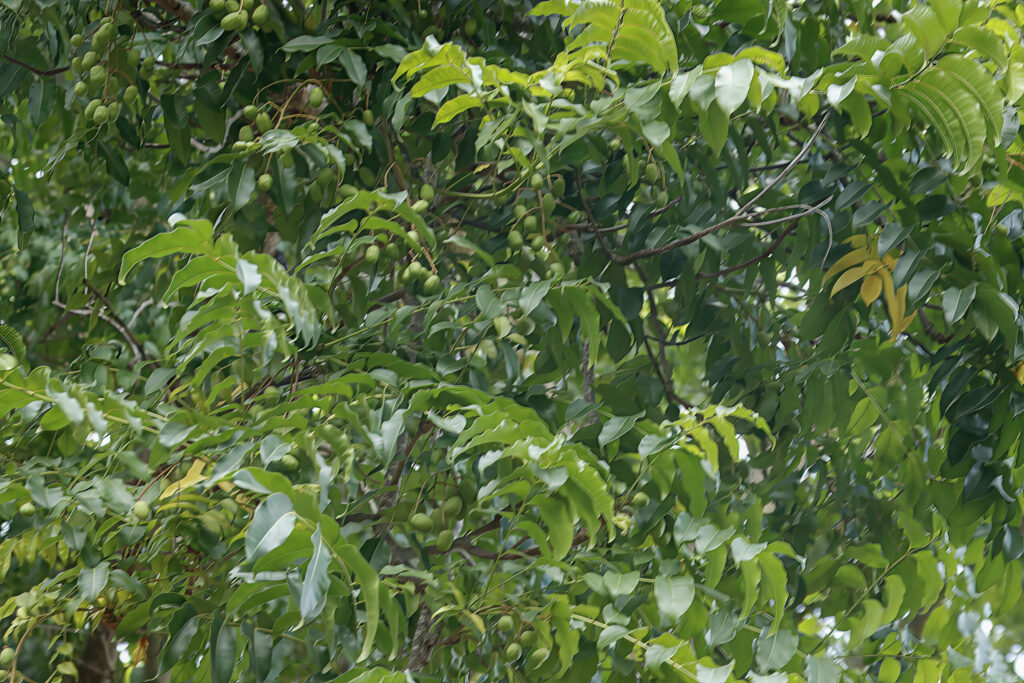

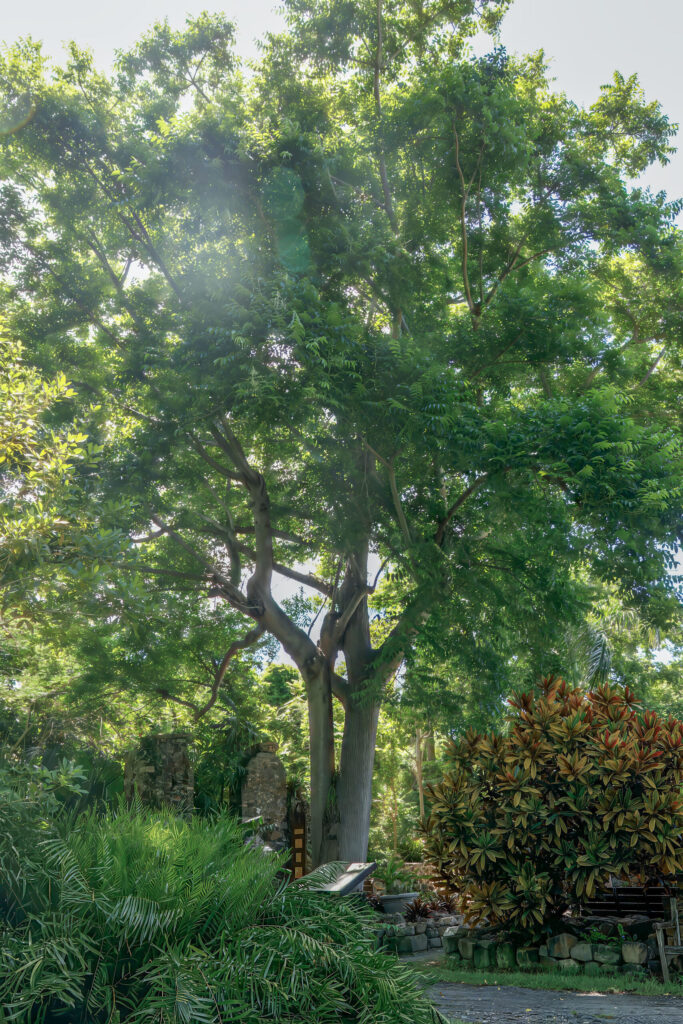


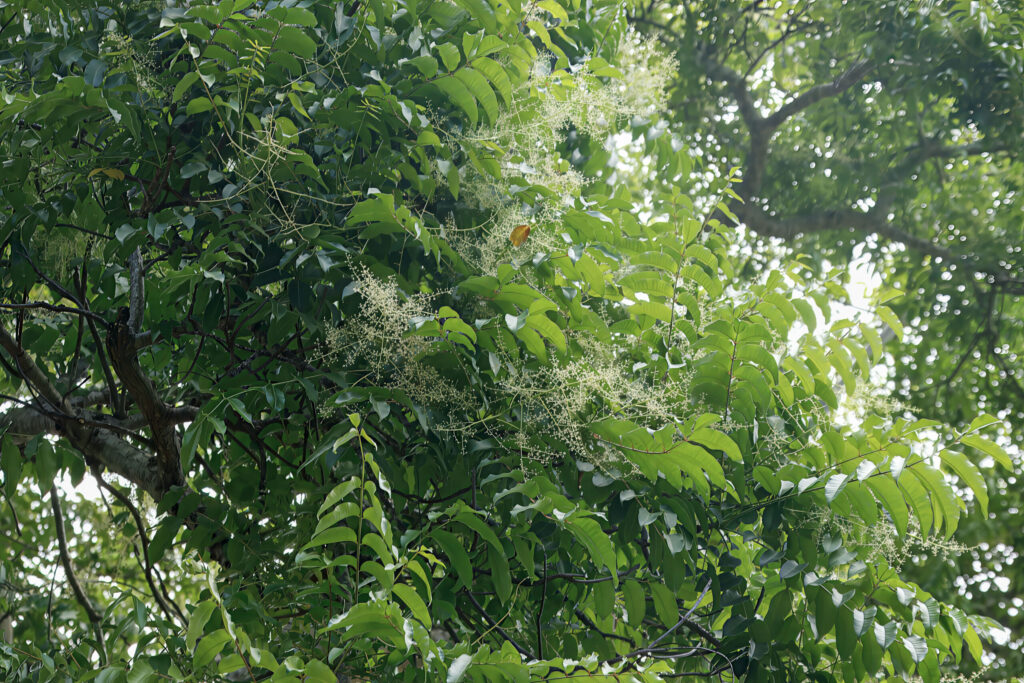
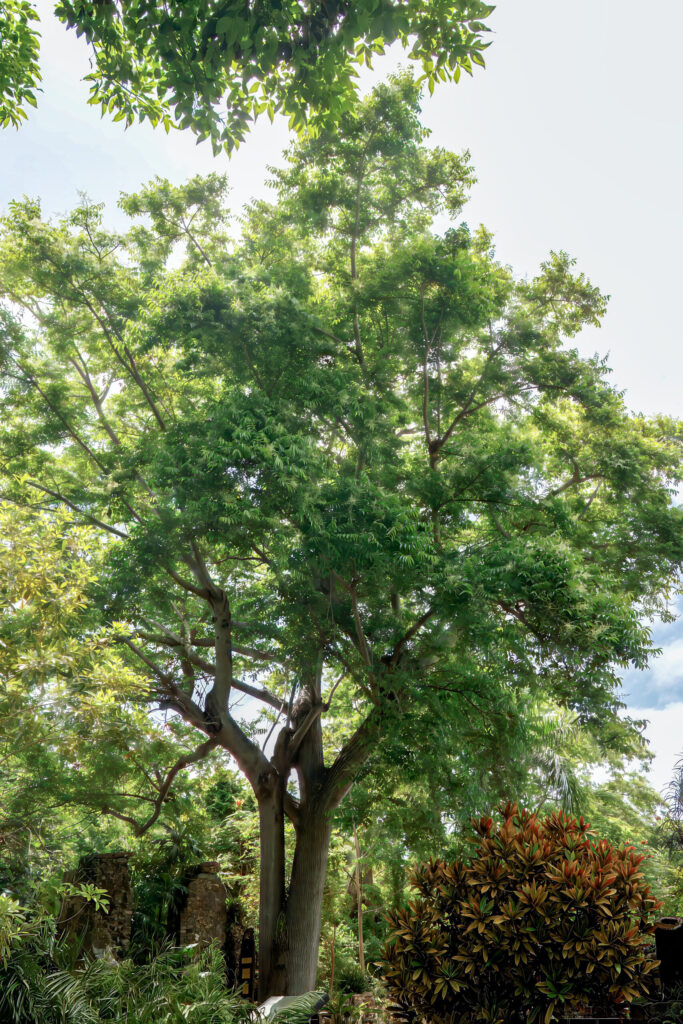

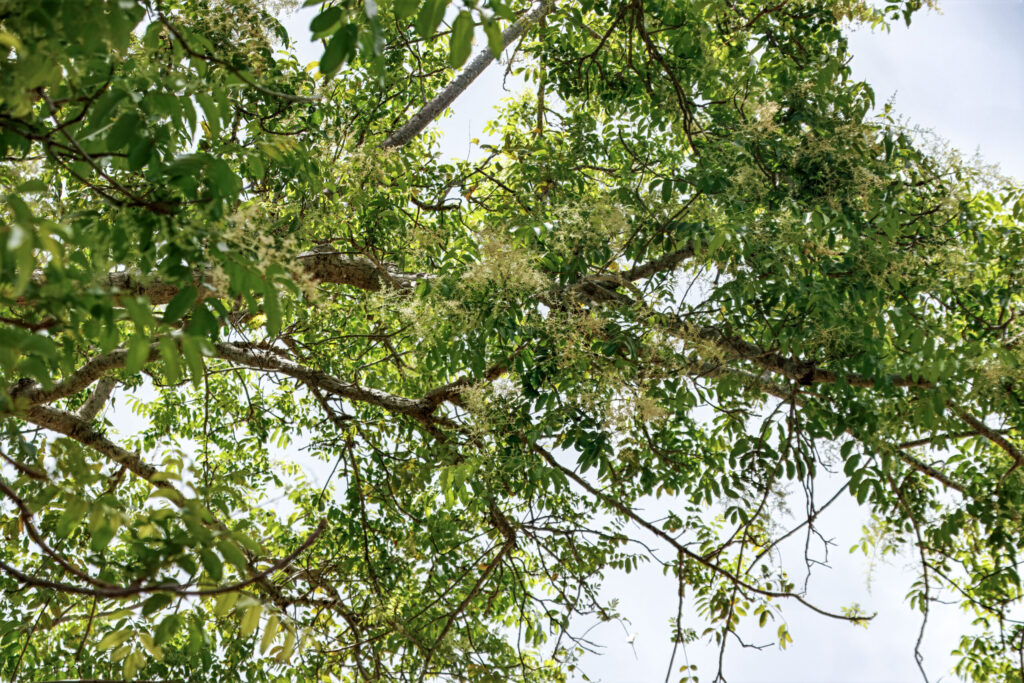


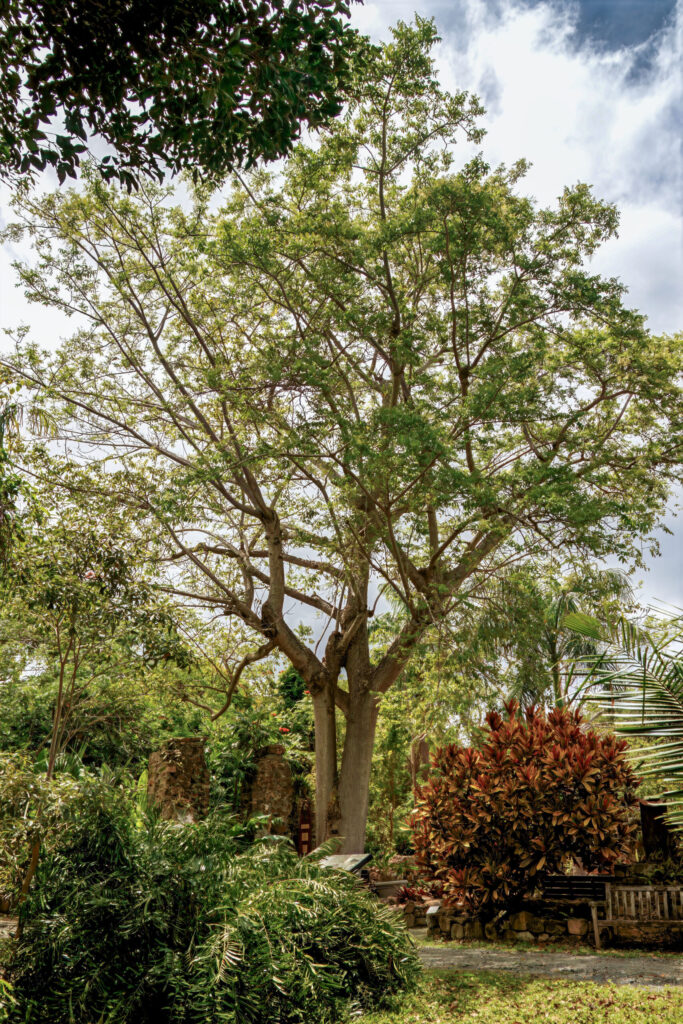
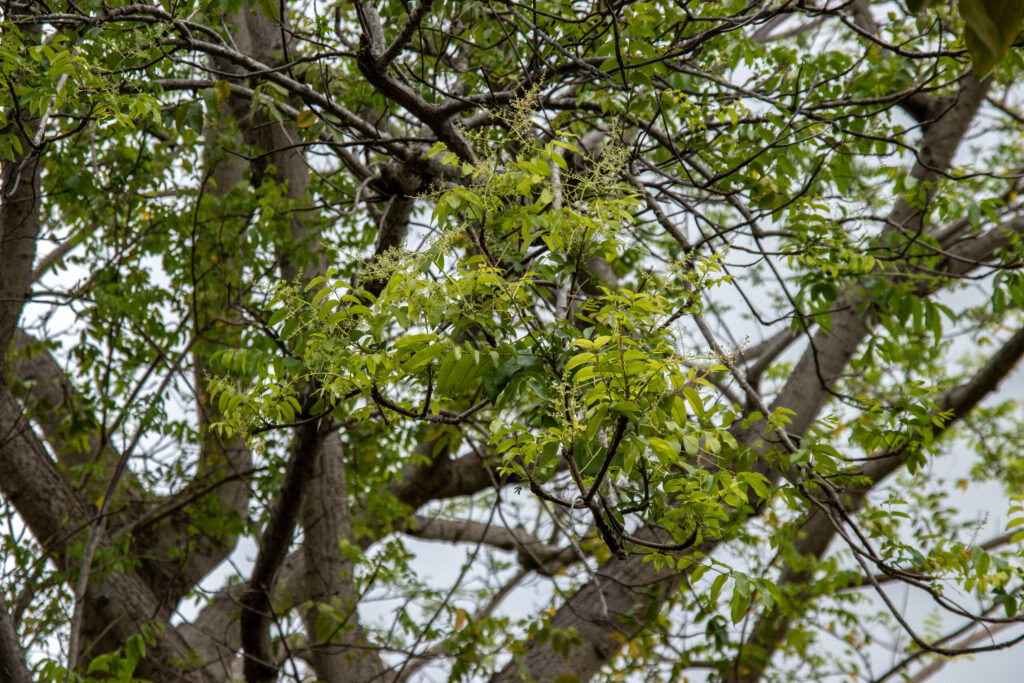
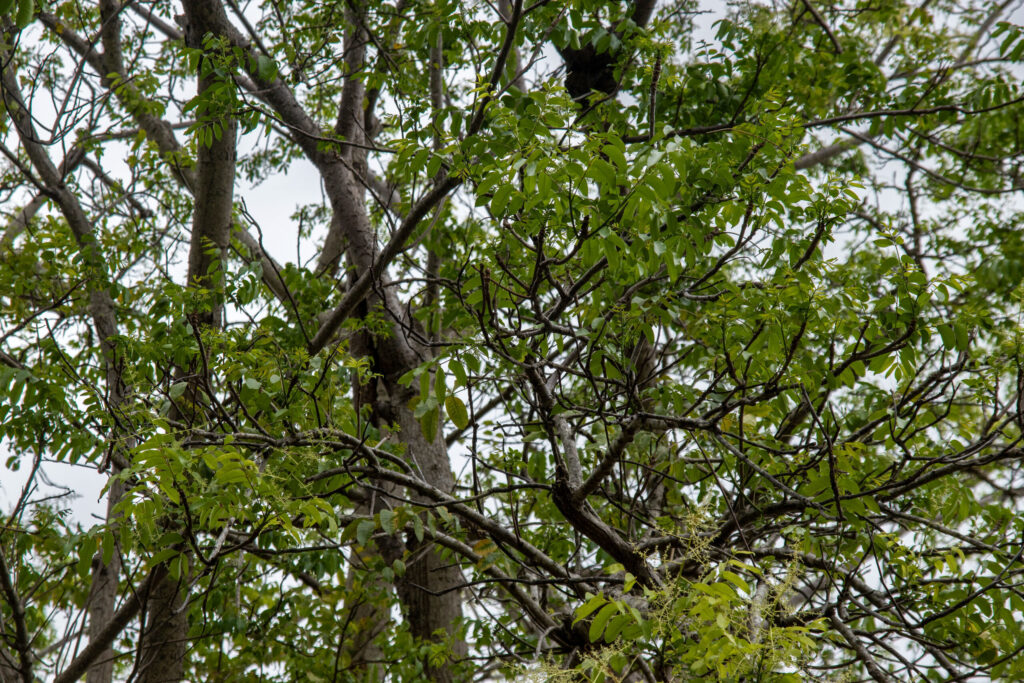

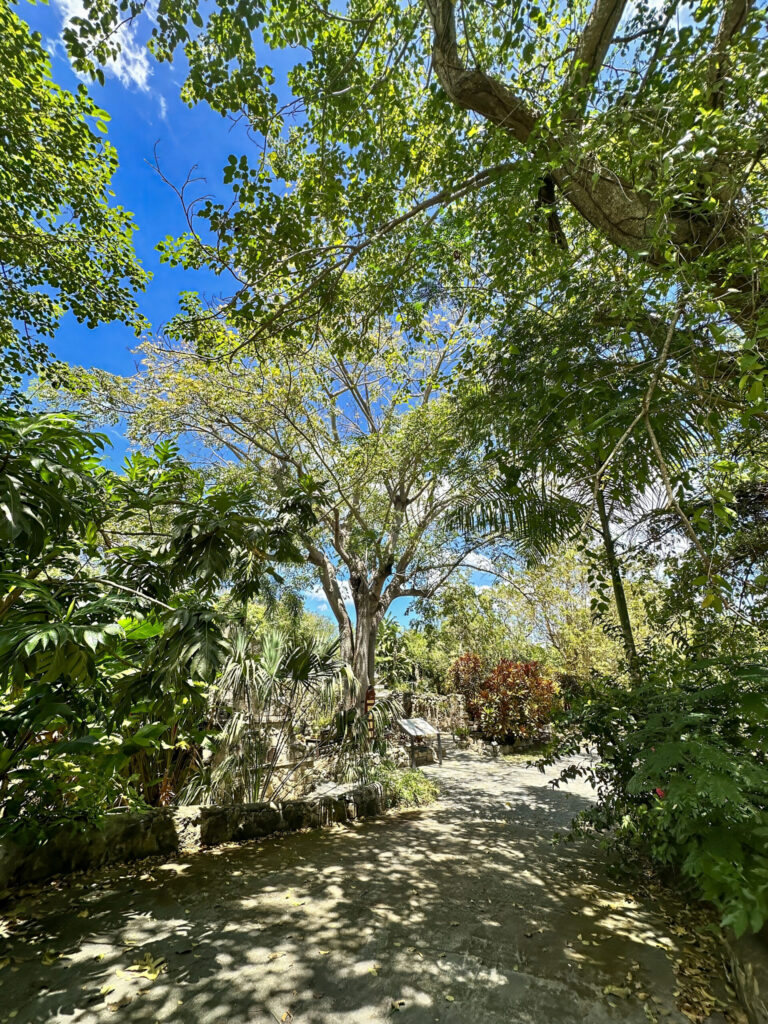


Observations:
Phenological Markers – Hogplum Tree (Spondias mombin)
1. Leaf Drop (Deciduous Behavior)
Hogplum is a deciduous tree that typically sheds its leaves during the dry season, especially in areas with marked rainfall variation like St. Croix.
- Leaf drop commonly occurs between December and March, and is usually complete or near-complete.
- The tree may remain bare for several weeks, with flowering sometimes beginning during this leafless phase.
2. Flowering
Small, white to greenish flowers appear in large, branched inflorescences at the ends of twigs.
- Flowering typically begins at the end of the dry season, often in March or April, sometimes while the tree is still leafless.
- Flowers are fragrant and attractive to bees and other pollinators.
3. Leaf Flush (New Growth)
Following flowering or alongside it, the tree produces new compound leaves with 5–19 leaflets.
- Leaf flush is rapid and synchronized, restoring full canopy coverage by early to mid wet season (April–June).
- New leaves emerge soft and light green, darkening as they mature.
4. Fruiting
The tree bears oval to oblong fruits, typically 1–2 inches long, that ripen from green to bright yellow or orange.
- Fruits are produced mid to late wet season, with ripening often occurring between June and August.
- Ripe fruit may accumulate beneath the tree or be harvested for consumption or use in preserves.
5. Seed Dispersal and Wildlife Interaction
The pulp-covered seeds are dispersed by gravity, wildlife, and humans.
- Fruit drop may occur in waves depending on weather and maturity.
- Local fauna (birds, bats, pigs, and livestock) often feed on the fruit, aiding dispersal.
